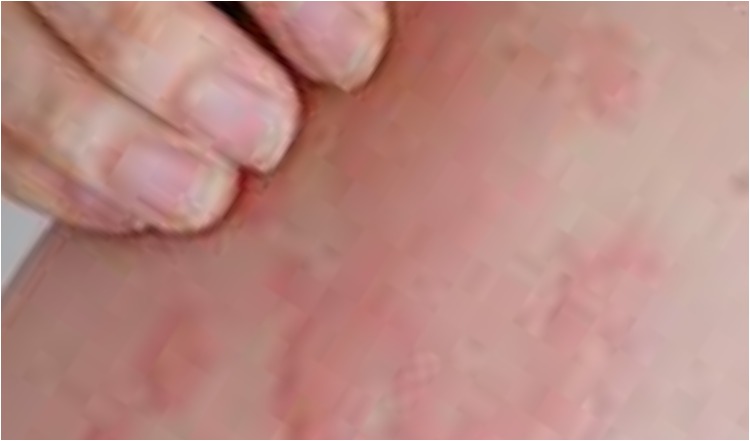
The primary treatment for hives (urticaria) involves the use of antihistamines to counteract the effects of histamine released during an allergic reaction. Antihistamines are taken regularly for a few weeks as prescribed by a healthcare professional. For chronic hives, a combination of medications may be used.
In addition to medication, the following measures can help reduce irritation and manage hives:
- Clothing: Wear loose and light clothing to minimize friction and irritation on the skin.
- Avoid Scratching: Refrain from scratching the affected areas as it can worsen the condition and lead to further inflammation.
- Trigger Avoidance: Identify and avoid common triggers such as dust, dirt, weeds, wool, sweating, and foods that are high in histamine like fish, dairy, processed foods, chocolate, spinach, and strawberries.
- Bathing: Take baths with tepid water and use bath oil. Avoid harsh soap or detergents that may further irritate the skin.
- Cold Compress: Apply a cold water compress or use moisturizing lotion to soothe and moisturize the affected area.
- Stress Management: Emotional stress can trigger or worsen hives. Practicing stress-reducing techniques like meditation, yoga, or relaxation exercises can be helpful.
- Seek Emergency Care: If hives are accompanied by severe symptoms like trouble breathing, dizziness, swelling of the lips/tongue, or chest tightness, seek immediate medical attention.
It’s important to note that the triggers and severity of hives can vary from person to person, so a personalized approach to treatment is essential. If hives are persistent or affecting daily life, it’s crucial to consult with a healthcare professional for proper evaluation and management.
